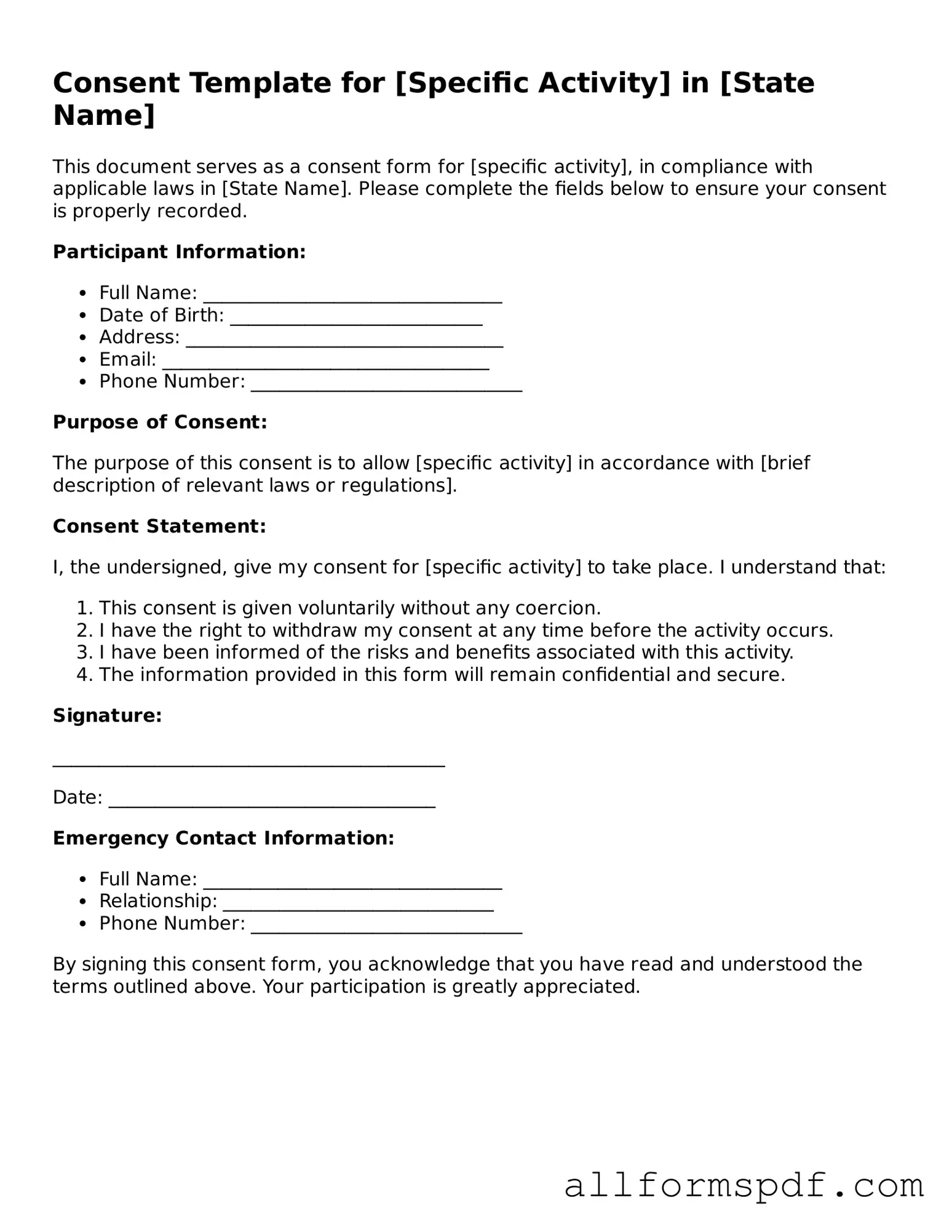Filling out a consent form may seem straightforward, but many individuals make common mistakes that can lead to complications later on. One frequent error is failing to read the entire document thoroughly. Consent forms often contain crucial information about the rights and responsibilities of all parties involved. By skimming the text, individuals may overlook important details, such as the scope of consent or potential risks associated with the activity.
Another mistake is not providing accurate personal information. It is essential to ensure that names, contact details, and other identifying information are correct. Inaccuracies can lead to confusion or miscommunication, especially in situations where timely responses are necessary. A simple typo can create significant hurdles in the process, so double-checking the information is vital.
Many people also neglect to ask questions when they do not understand certain aspects of the consent form. It is perfectly acceptable to seek clarification from the individual or organization requesting consent. Failing to ask questions can result in signing a document that one does not fully comprehend, potentially leading to unintended consequences. Clarity is key, and it is always better to inquire than to assume.
Additionally, individuals sometimes sign consent forms without considering the implications of their consent. It is crucial to understand what one is agreeing to, including any potential risks, benefits, or limitations. Taking the time to reflect on these factors can prevent regret or dissatisfaction later on. A well-informed decision is always more empowering than a hasty one.
Finally, many individuals forget to keep a copy of the signed consent form for their records. Retaining a copy is essential for future reference, especially if questions arise or if there is a need to verify the terms of consent later on. Without a copy, individuals may find themselves at a disadvantage should any disputes or misunderstandings occur. Keeping organized records is a simple yet effective way to safeguard one’s interests.
